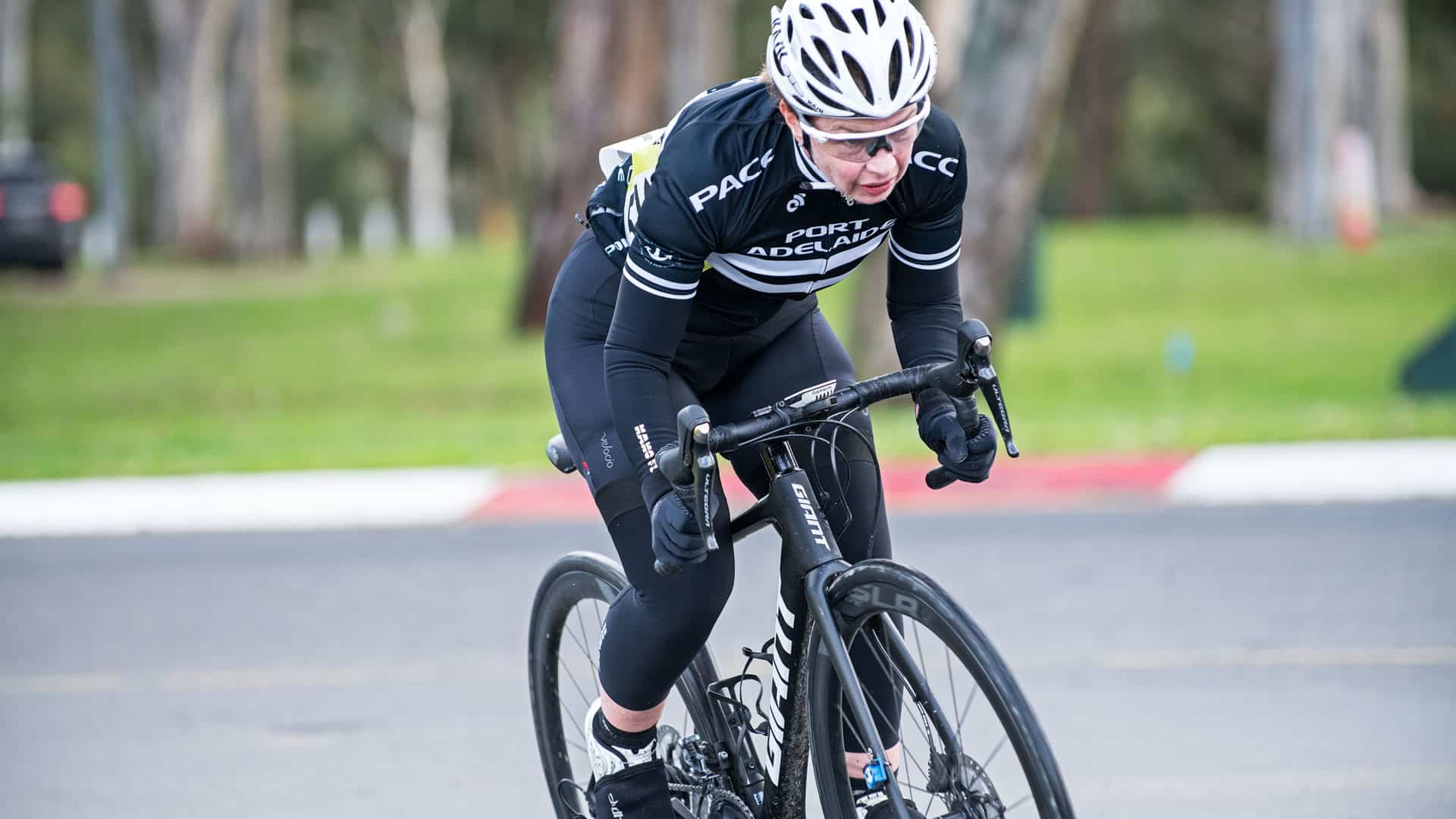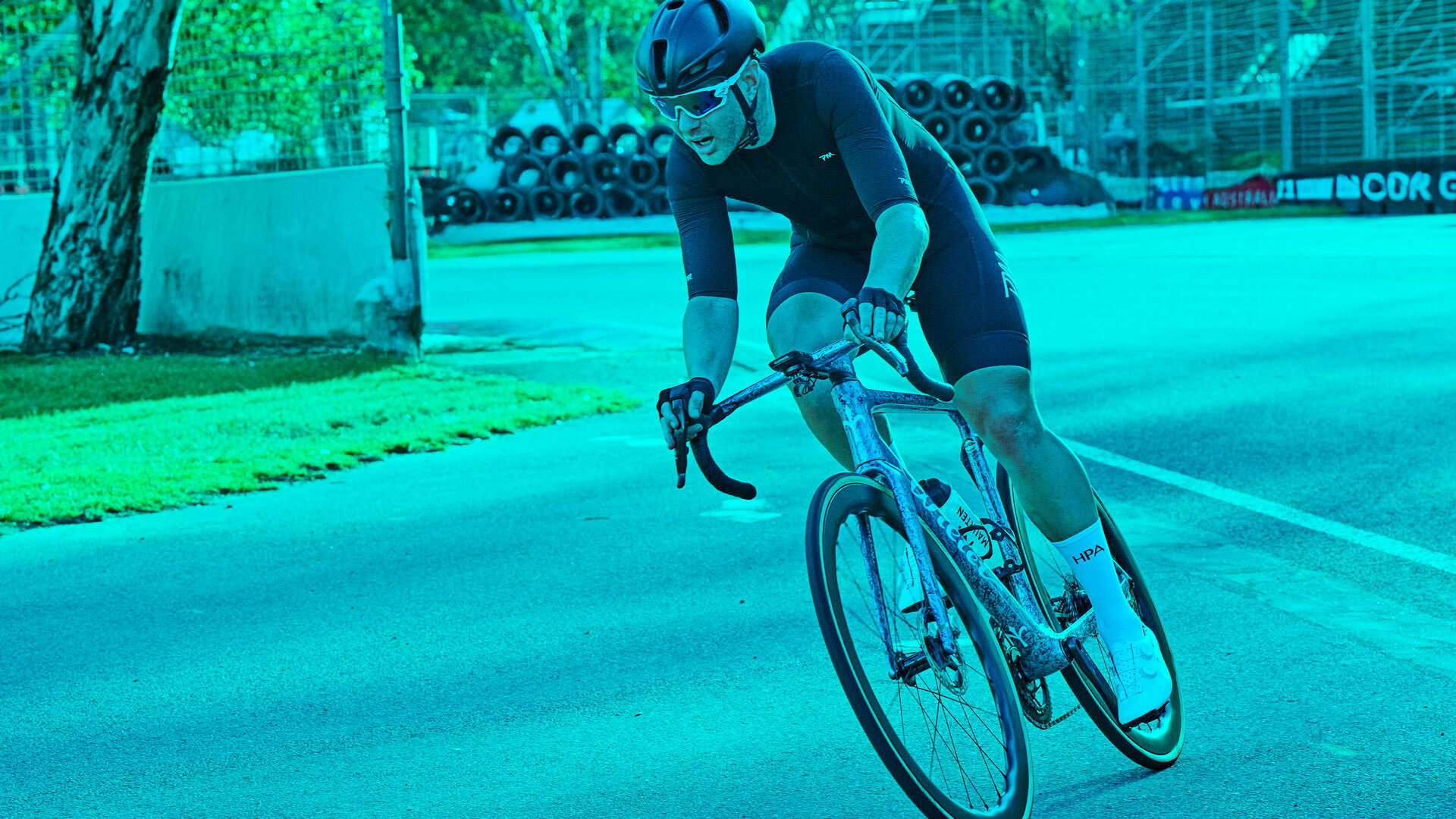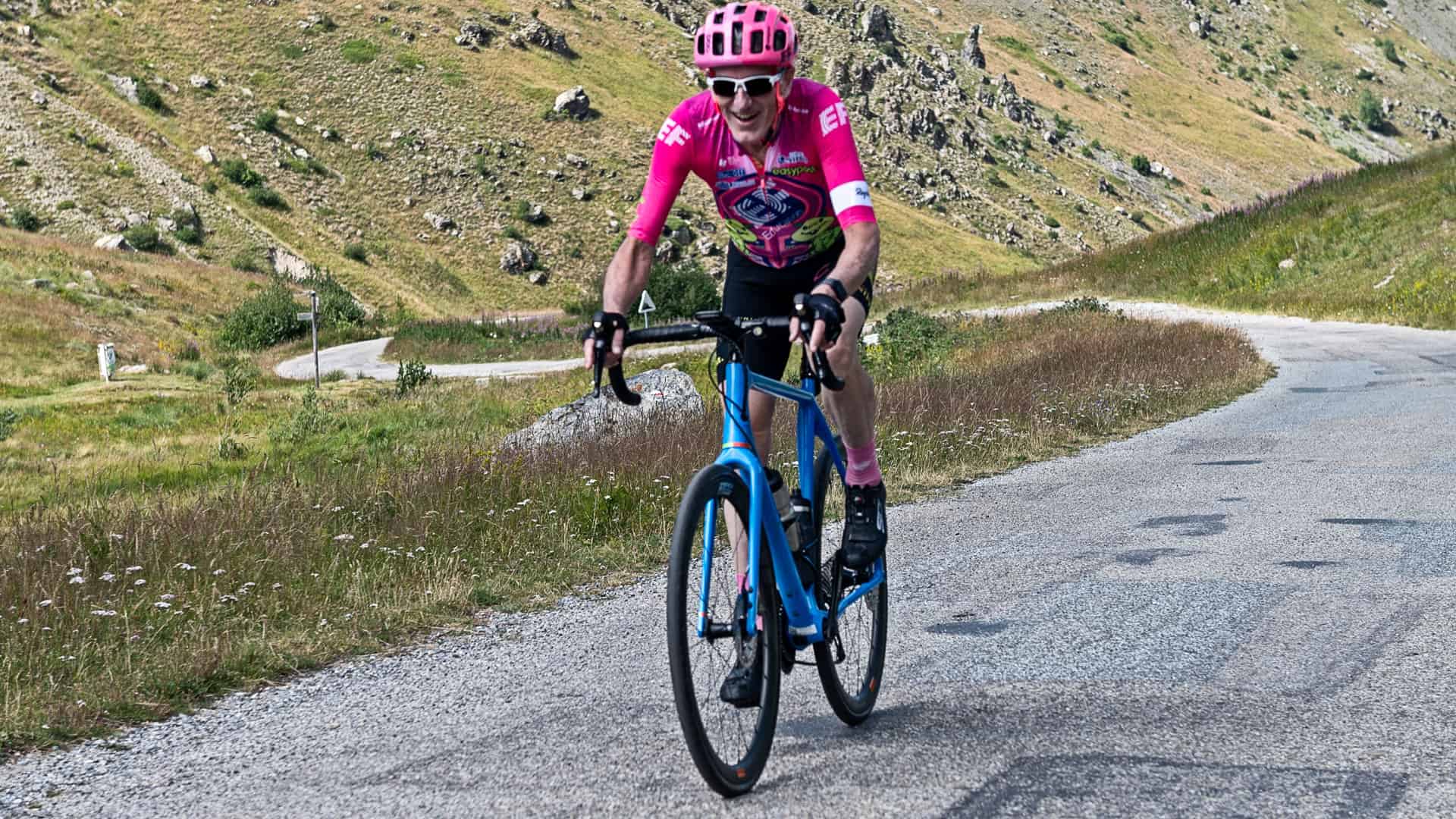In this video we cover off: Carbon vs. Aluminum wheels, do rim profiles make a difference, when are aerodynamics important, do the amount of spokes make a difference, does wheel weight really make a difference, the different type of tire and wheel combinations and are wheels the best thing you can do to improve your bikes performance.
In this video we discuss the different types of wheels and how they effect cycling performance.
00:26 – Carbon vs. Aluminum wheels
02:11 – Do rim profiles make a difference
03:20 – When are aerodynamics important
04:53 – Do the amount of spokes make a difference
06:30 – Does wheel weight really make a difference
07:24 – The different type of tire and wheel combinations
09:47 – Are wheels the best thing you can do to improve your bikes performance
Video Transcript:
Hi. Welcome to Cycling-Inform’s Weekly Cycling Tips. My name is David Heatley and in this episode we’re going to be talking specifically about wheels.
Now a couple weeks ago I got an e-mail from a Jeff that wanted to know about wheels. He’s asked four questions. The first one, aluminum versus carbon, the second how profiles make a difference, third question number of spokes and the fourth question does weight really matter compared to aerodynamics. That’s what we’re going to be covering off in this installment.
The main difference between carbon fiber and aluminum wheels is weight and robustness. Aluminum wheels are generally more heavier than carbon wheels but they exhibit more robust quality. The aluminum difference is the braking surface on these rims. Carbon fiber wheels require a specific carbon brake block and the reason for that is that the normal brake blocks to aluminum rims are too harsh and that will damage your carbon fiber rims. Now if you’re running both the carbon fiber wheels and the aluminum wheels in your bike at different times you’re going to run into another issue.
When you’re running aluminum wheels in your bike your brake blocks are going to pick up flakes of aluminum. If you then swap over to your carbon fiber wheels and use the same brake blocks on those wheels you’ll find that these aluminum flakes that are embedded in your brake blocks will start scratching up your carbon fiber rims. Generally the only way around this is to use a set brake blocks for your aluminum wheels and then when you swap your wheels over to your carbon fiber wheels you want to insert a carbon fiber brake blocks.
The second question was do profiles make a difference? I got a few examples of wheels here beside me. I’ve got here’s a Dura-Ace wheel. This wheel has a fairly low profile rim on it that’s pretty low profile rim. These rims are actually a hybrid aluminum carbon fiber rim. They’ve got a substantial aluminum rim and then they’ve got a carbon overlay on top of it and it just helps reduce the weight of the rim. Makes them quite light and strong. Then we’ve got the carbon fiber. This is a carbon fiber wheel and it has a fairly deep section on it. This is a 303 Zipp wheel. Here’s an example of a Zipp 404 so obviously you can see that that section’s a little bit deeper. The first thing that you’ll notice on these different types of wheels is that as the depth of the rim gets bigger the wheel becomes more aerodynamic.
Aerodynamics are great if you’re riding along a flat road at 45 or 50 K an hour. Aerodynamics the faster you go the more important they become. The issue of aerodynamic rims is that they generally have more mass. They’re slightly heavier than lower profile rims or non-aerodynamic rims. There’s always a trade off around the sort of wheel that you want. Historically people have gone for low profile wheels when they’re doing a lot of hill climbing to help save weight and they’ve gone for high profile wheels on more flatter rides where they’ll be running faster. From an aerodynamic point of view you’re not going to really see or notice more improvement until you start taking your bike up over 30 kilometers an hour. As you increase the speed from 30 kilometers an hour you’ll see the aerodynamics become more and more important than the wheel.
There is also quite a different number of profiles that you can get with aerodynamic wheels. In recent times the profiles have progressively changed and it become more wider at the base of the rim and then they go into a stealthier fatter sort of aerodynamic shape as opposed to the classic sort of V-section that we used to have previously. There’s been a lot of research done on aerodynamic profiles and wheels and what they’re finding is that this wider profile that’s stealthier behaves a lot more nicely than the cross winds situations.
Now we come to the topic of spoke count. The mass of the wheel is critically important at the time that it takes to accelerate it up to a nominal speed. The heavier the wheel the longer it takes to accelerate it up with the same amount of input. It’s just like a flywheel. If you’ve got a really heavy flywheel and a huge amount of energy you need to put into it to get it up to speed whereas if you have a lot of flywheel then it doesn’t take much energy to get it up to speed. Spoke count increases the mass of the wheel. The more spokes you have the more mass that you’re going to have in your wheel. The other issue around spokes is the aerodynamic drag. The less spokes that you have in the wheel the more aerodynamic it is.
Obviously it is trade off with reducing the amount of spokes that you have in the wheel because the less spokes that you have the more flimsy the wheel becomes. It’s important to get a well balanced wheel with a good amount of spokes to make sure that the wheel is robust and strong. Now this becomes particularly important for heavier riders and also racing surfaces, spending a lot of time sprinting out of corners or in straight lines or even trek riders. Trek riders ride on very robust wheels to ensure that when they’re putting a lot power into the bike that the wheel is not going to flex underneath them. The other thing that you’ll notice with spoke count is that if you’ve got a flimsy wheel when you start going around the corners you’ll find that the bike won’t track very well.
Now the big question, does weight really matter as opposed to aerodynamics? This is the question and it really depends on your riding. Aerodynamics are important like I’ve mentioned when you start riding around 30 kilometers an hour. Again, if you are riding a lot of hills then generally you want to get a wheel that is less aerodynamic but lighter. If you’re looking at doing a lot flat ride riding then a more aerodynamic wheel but maybe slightly heavier is going to give you a better ride. There’s a lot of wheels that give you a good compromise between the two. They give you some aerodynamic qualities but it’s still package into quite a lightweight wheel. Those are the wheels that give you the opportunity to be able to climb quite speedily as well as ride along the flat.
Before I finish up on wheels I just wanted to touch on the different types of tire and wheel combinations that we have available. The classic wheel has a clincher rim. That’s a rim that attaches to a tire that’s open at the end and a rim basically and tire hooks on to the rim and this is very similar to what you have in the car. These obviously run and achieve in them and that’s a clincher type wheel. There are two types of clincher type wheels. There’s ones are the tubular, sorry. There’s ones tubeless and then there’s a standard clincher. This is a standard clincher but the tubeless system operates similar to what your car operates on and that is that it runs with admonitory and it relies on a sealing type gluey sort of creamy pasty fluidy stuff that you inject into your tire to seal the gap between the rim and the tire.
The other type of system is what we call tubeless or tubs and they are a completely tire. They glue onto a rim and they round. The inner tubes inside these, they’re sewn up in the bottom, they got rubber on the top. You glue them onto your rim and they run in a concave type of rim not clincher rim. They’re a different type of tire. When we were racing years ago we used to always ride on tubular wheels and the reason for that was at the time the clincher wheels weren’t very or clincher tires were available in a clincher type rims were quite heavy. Now those clincher rims and the tires that we’re putting on it are very similar to the tubular systems so there’s not a lot of difference between them. Tubular wheels are always going to be lighter than clincher wheels so there’s always going to be performance improvement especially when you’re climbing hills, if you’re running tubular wheels.
The only big issue about tubular wheels is that they’re a pain to set up. You’ve got to glue the tire onto the wheel and if you got a puncher you’ve got to rip that tire off and put a brand new tire on it. The weight saving that you get and the performance improvement that to you get from riding from tubeless is somewhat negated if you’re having to carry around an entire tubular tire with you when you’re riding.
When people ask me about what’s best way that I can make their bike faster the first thing I say is change your wheels or upgrade your wheels to something lighter, stronger and faster. The reason for this is that wheels are rotating mass. Anything that’s a rotating mass if you’re making it lighter and stronger then you’ll get a great performance improvement and that is better than any static component that you’ve got on your bike.
There you go, everything that you wanted to know about wheels. If you do have any questions about wheels or anything else please use our contact us form on our website.
Thanks very much. I hope you enjoyed these cycling tips. My name is David Heatley from Cycling-Inform.
Items mentioned and products that we recommend in relation to this video.





Leave A Comment